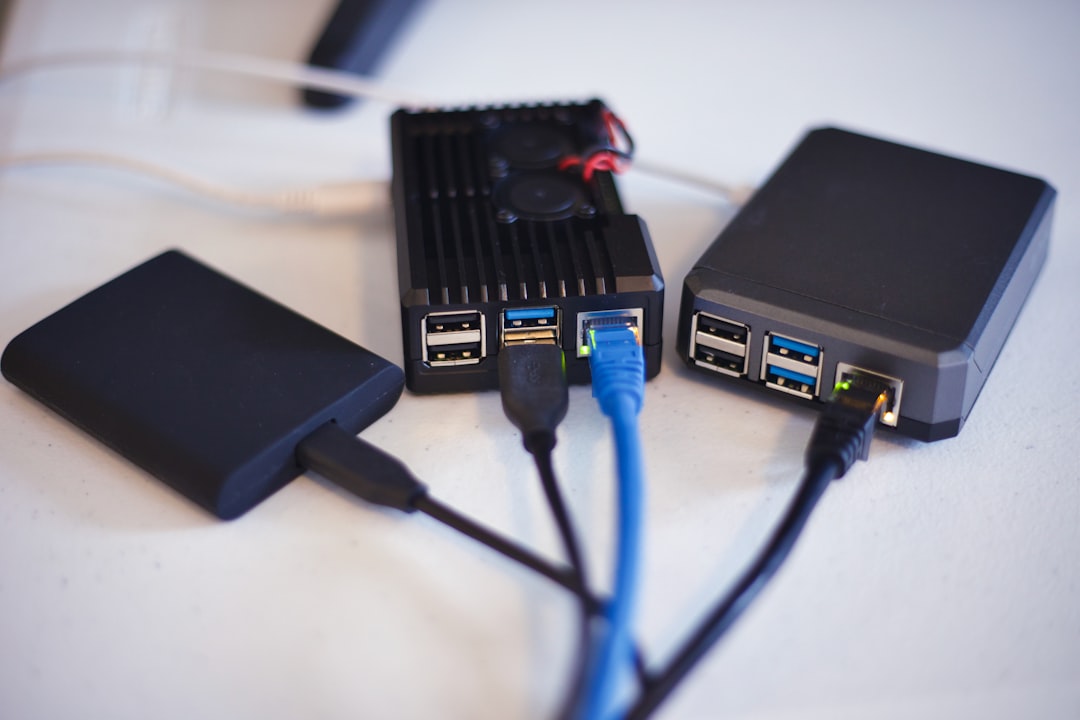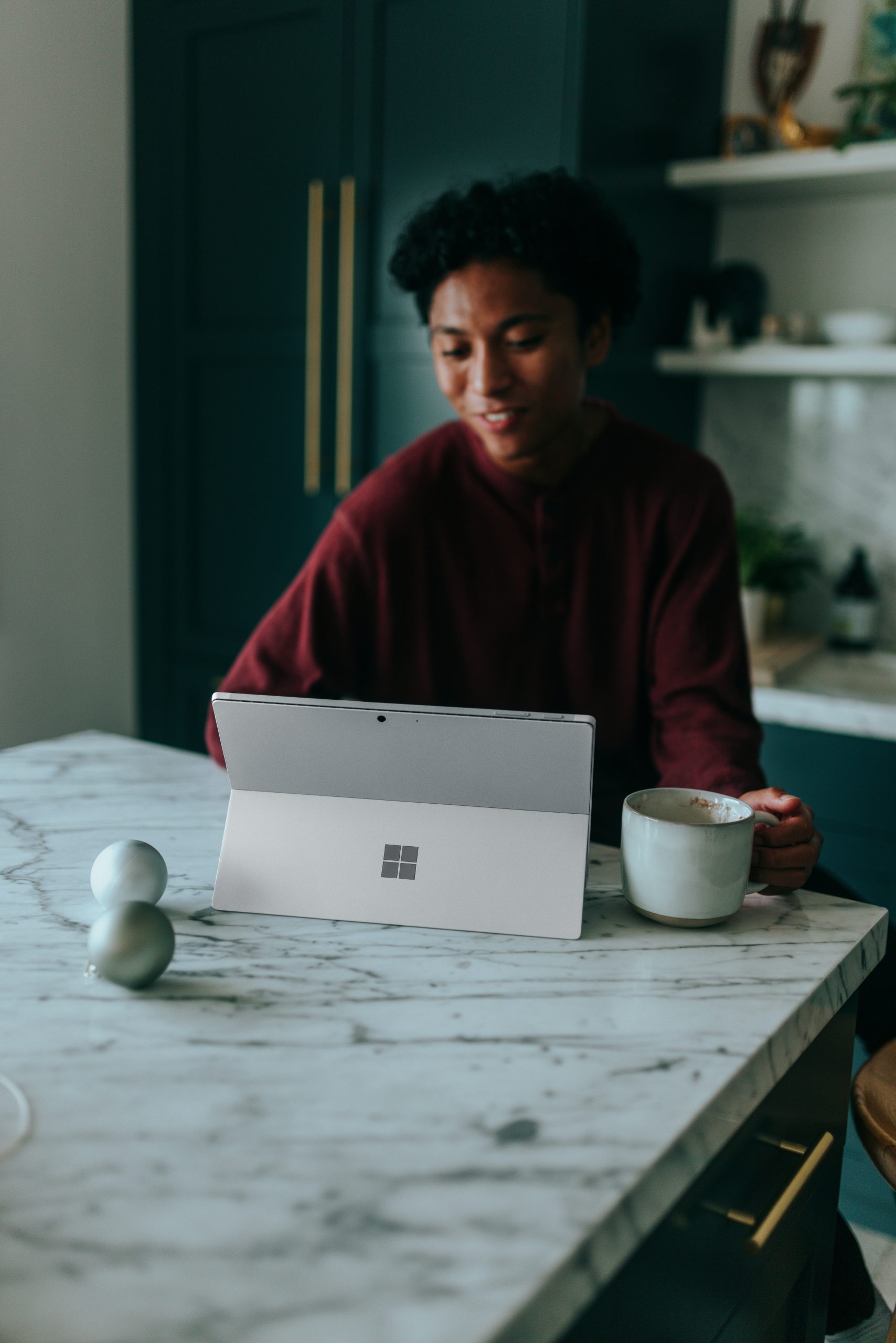The TP-Link router login page, commonly accessed via tplinkwifi.net, is essential for setting up or modifying router settings. However, many users face difficulty when this web address doesn’t work, leading to frustration and potential network issues. Understanding the possible causes and how to resolve them can save users both time and effort.
Common Reasons Why tplinkwifi.net Is Not Working
Before jumping into fixes, it’s important to identify why the issue is happening. Here are a few typical reasons:
- Incorrect URL Entry: Misspelling the address or adding unwanted characters can lead to errors.
- Router and Device Connection Issue: If your device isn’t properly connected to the TP-Link router, you won’t be able to access the configuration page.
- DNS or IP Conflict: Network misconfigurations or incorrect DNS settings can block access to the domain.
- Browser Cache Issues: Old or corrupted data in your web browser can prevent access to tplinkwifi.net.

Step-by-Step Guide to Fix tplinkwifi.net Not Working
1. Check the Physical Connection
Ensure that your device is either connected to the router’s Wi-Fi network or physically linked through an Ethernet cable. Access to tplinkwifi.net is only possible when connected to the TP-Link network.
2. Verify the Correct Web Address
Make sure you’re visiting the right URL: http://tplinkwifi.net. Do not include “https://” or “www” in front of the address, as it can cause the page not to load.
3. Try Using the IP Address
If the URL still doesn’t work, try accessing the router login page with its IP address:
- 192.168.0.1
- 192.168.1.1
Type either of these into your browser’s address bar and press Enter.
4. Clear Browser Cache
Sometimes browser cache can interfere with router login. Clear your browser’s cookies and temporary files, then try accessing the URL again.
5. Disable VPN or Proxy Services
Anyone using a VPN or proxy service may face redirection or access issues. Disable these services before attempting to log in to the router’s admin page.

6. Restart Your Router and Computer
Power-cycle both your router and the connected device. Sometimes, a simple restart can resolve temporary connectivity issues that block login attempts.
7. Check Network Configuration
Ensure your device is not using a static IP that conflicts with the router. Set the IP configuration to Obtain an IP address automatically and Obtain DNS server address automatically.
8. Reset the Router
If none of the above steps work, reset the router to its factory default settings:
- Find the reset button usually located on the back of the router.
- Use a paperclip or pin to press and hold the button for 10 seconds.
- Wait for the router to reboot and then try accessing the admin page again.
FAQ
- Q1: Can I use tplinkwifi.net without an internet connection?
- Yes, the router web interface is accessible over a local network and does not require an active internet connection.
- Q2: What should I do if tplinkwifi.net redirects to a different website?
- This could be due to malware, adware, or DNS hijacking. Run a full system scan using trusted antivirus software and check your DNS settings.
- Q3: How do I find the IP address of my TP-Link router?
- You can find it by opening Command Prompt and typing ipconfig. Look for the “Default Gateway” under your active connection—that’s your router’s IP.
- Q4: Is there a mobile app for accessing TP-Link routers?
- Yes, TP-Link offers the Tether app, which allows users to manage and configure routers through their smartphones.
- Q5: Why does tplinkwifi.net still not open after a reset?
- If the issue persists even after a reset, the router’s firmware could be corrupted. Contact TP-Link support or consider updating the firmware manually via the IP address.
By following these troubleshooting steps, users can typically resolve the tplinkwifi.net not working issue efficiently. Maintaining proper settings and regular firmware updates can prevent future access problems and ensure a stable home network.
